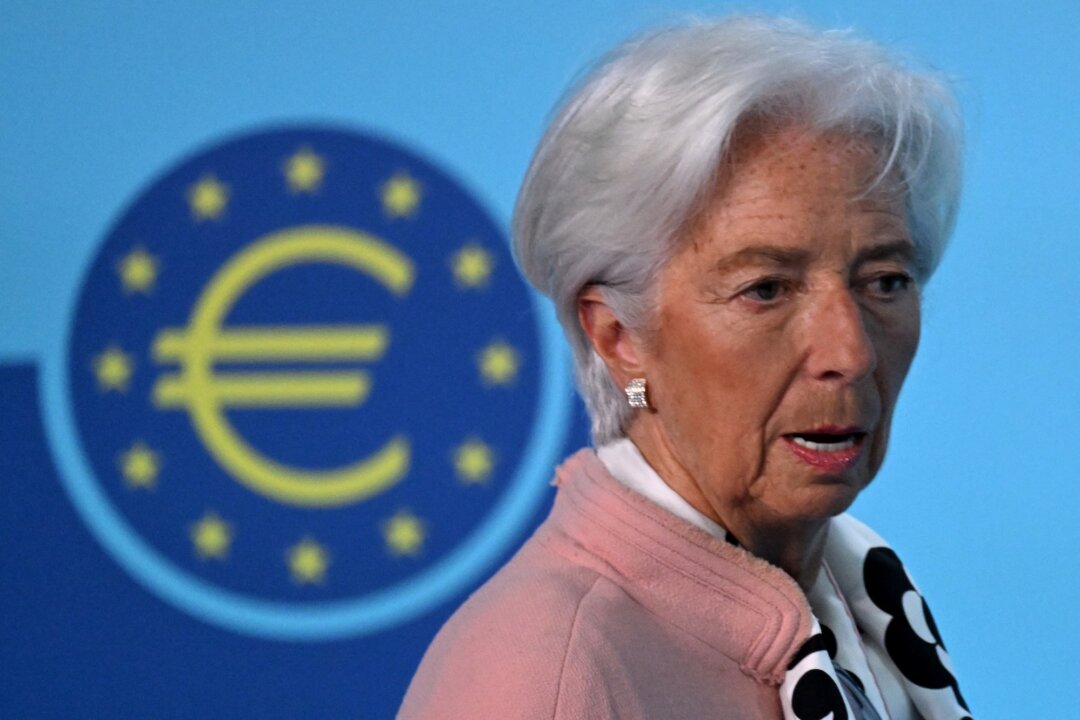
0 Comments
0 Shares
171 Views

Elevate your Sngine platform to new levels with plugins from YubNub Digital Media!







